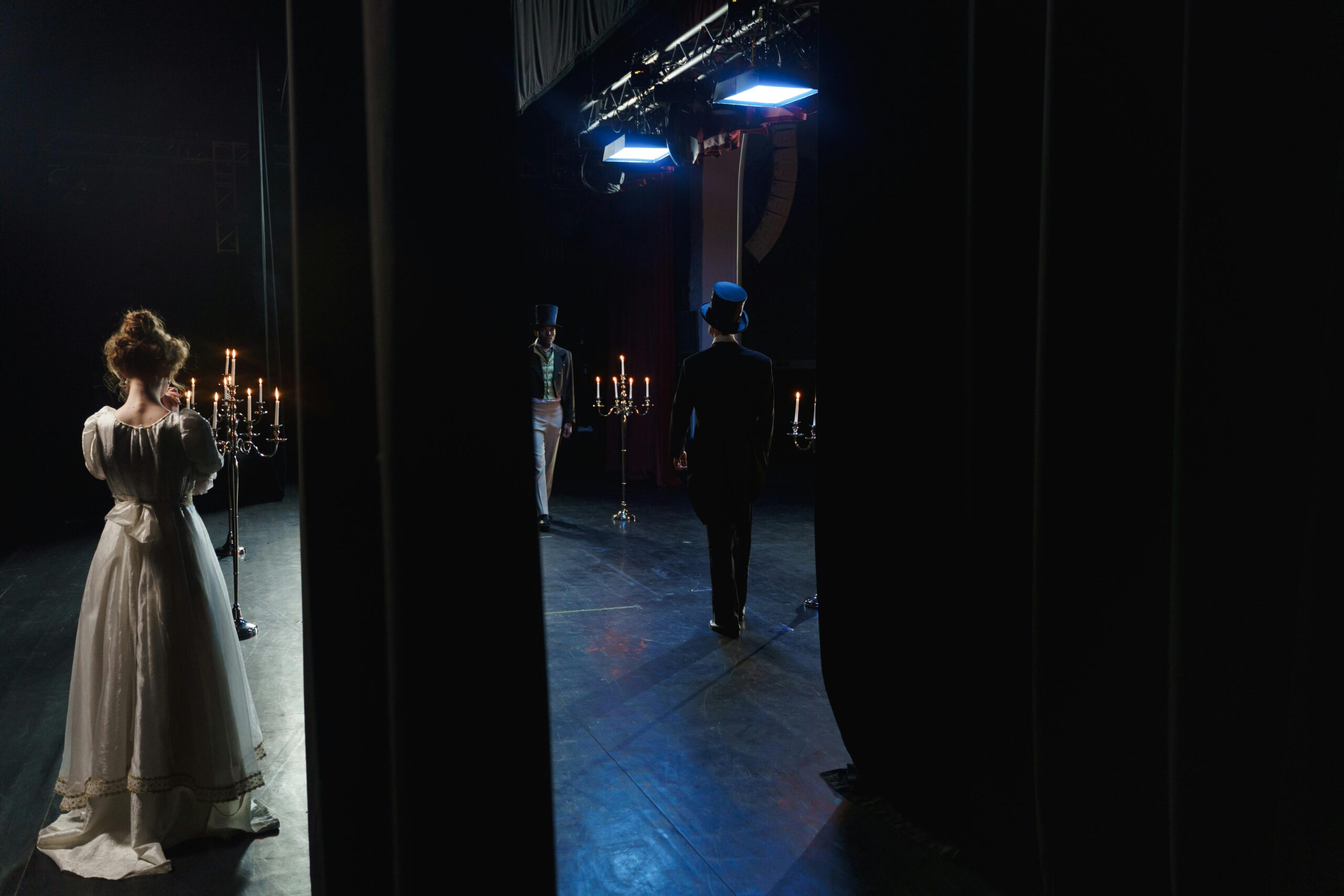Acting, a mesmerizing art form that transcends time and culture, continues to captivate audiences with its powerful storytelling and immersive performances. Delve deeper into the realm of acting with these twelve intriguing facts that shed light on the secrets behind the magic of the stage and screen.
- Ancient Origins: The world’s first recorded instance of acting dates back to ancient Greece, where it was an integral part of theatrical performances. The concept of portraying characters on stage originated during this era, laying the foundation for the art form we know today.
- Stepping into Character: Acting involves more than just delivering lines; it requires stepping into someone else’s shoes and immersing oneself in the mindset and emotions of a character. From studying mannerisms to understanding motivations, actors strive to create authentic portrayals that resonate with audiences.
- The Method Acting Revolution: Konstantin Stanislavski revolutionized the acting world with his method acting technique. This approach emphasizes tapping into personal experiences and emotions to fully embody a character, leading to performances of unparalleled depth and authenticity.
- Mastering Improvisation: Improvisation is a vital skill for actors, allowing them to think on their feet and respond spontaneously in different situations. It adds a natural authenticity to performances and keeps actors fully engaged in the moment.
- Diverse Career Opportunities: Acting offers a wide range of career opportunities beyond stage and screen, including voice-over work, commercials, motion capture, and virtual reality performances. Actors have the flexibility to explore various avenues within the entertainment industry.
- Facing Rejection: The acting industry is highly competitive, and actors often face rejection and uncertainty. Despite the challenges, they must remain resilient and persevere in pursuit of their dreams.
- Physical Demands: From performing stunts to mastering choreography, acting can be physically demanding. Actors undergo rigorous training to execute action sequences effectively and deliver captivating performances.
- Continuous Learning: Actors use various techniques to perfect their craft, from studying different acting methods to working with dialect coaches. Continuous learning and self-improvement are essential for honing their skills.
- Teamwork and Collaboration: Acting requires strong teamwork and collaboration with directors, cast members, and crew to bring a production to life successfully. Effective communication and adaptability are crucial for creating memorable performances.
- Eliciting Emotions: Through their performances, actors have the power to evoke powerful emotions in audiences, making them laugh, cry, and empathize with the characters. They serve as conduits for storytelling, conveying the depth of human experiences.
- Creative Exploration: Acting allows for self-expression and creative exploration, enabling actors to delve into different characters, genres, and storytelling styles. It provides a platform for challenging societal norms and inspiring change through the art of performance.
- Impact on Society: From iconic performances that shape cultural narratives to theater productions that address important social issues, acting can make a lasting impact on society. It has the power to ignite conversations, challenge perceptions, and foster empathy and understanding.
In conclusion, acting is a multifaceted art form that demands talent, dedication, and continuous growth. Whether it’s the emotional depth of method acting or the exhilarating thrill of improvisation, actors bring characters to life in ways that leave a lasting impression on audiences worldwide.
Albanian Version:
Eksplorimi i Botës Fascinuese të Aktorëve: 12 Fakte Intriguese
Aktorësia, një formë arti që përjeton shkëputjen e kohës dhe kulturës, vazhdon të kapërcejë audiencën me tregimet e fuqishme dhe performancat immersive. Hidhini një vështrim më thellë në botën e aktorësisë me këto dymbëdhjetë fakte intriguese që hedhin dritë mbi sekretet prapa magjisë së skenës dhe ekranit.
- Prejardhja Antike: Rasti i parë i regjistruar i aktorësisë daton në Greqinë antike, ku ishte një pjesë integrale e performancave teatrale. Koncepti i portretizimit të personazheve në skenë ka origjinën në këtë periudhë, duke vënë themelet për formën e artit që e njohim sot.
- Ndërrimi në Personazh: Aktorësia përfshin më shumë se thjesht dorëzimin e linjave; ajo kërkon të ndërrosh në këpucët e dikujt tjetër dhe të përfshihesh në mendësinë dhe emocionet e një personazhi. Duke studiuar mënyrat e sjelljes dhe kuptuar motivacionet, aktorët përpiqen të krijojnë portrete autentike që bëjnë rezonancë me audiencën.
- Revolucioni i Metodës së Aktorit: Konstantin Stanislavski revolucionarizoi botën e aktorësisë me teknikën e tij të veçantë të aktorit. Ky qasje thekson ndikimin e përvojave personale dhe emocioneve për të përfaqësuar plotësisht një personazh, duke çuar në performanca me thellësi dhe autenticitet të pamëparë.
- Zhvillimi i Improvizacionit: Improvizacioni është një aftësi jetike për aktorët, duke i lejuar ata të mendojnë në këmbë dhe të reagojnë spontanisht në situata të ndryshme. Ai shton një autenticitet natyror për performancat dhe mbajt aktorët të përfshirë plotësisht në momentin.
- Mundësitë Karriere të Ndryshme: Aktorësia ofron një gamë të gjerë të mundësive karriere përtej skenës dhe ekranit, duke përfshirë punën me zë, reklamat, kapjen e lëvizjeve dhe performancat në realitet virtual. Aktorët kanë fleksibilitet për të eksploruar lloje të ndryshme brenda industrisë së argëtimit.
- Ballafaqimi me Refuzimin: Industria e aktorësisë është e lartësisht konkurruese, dhe aktorët shpesh ballafaqohen me refuzim dhe pasiguri. Edhe pse sfidat, ata duhet të mbeten të qëndrueshëm dhe të qëndro

